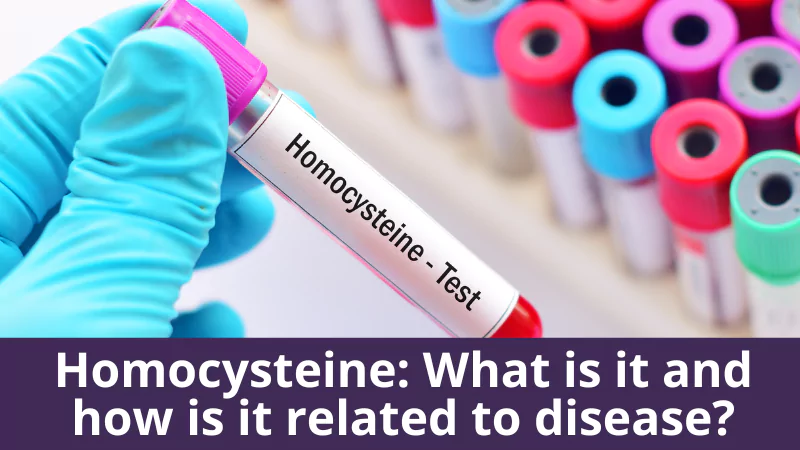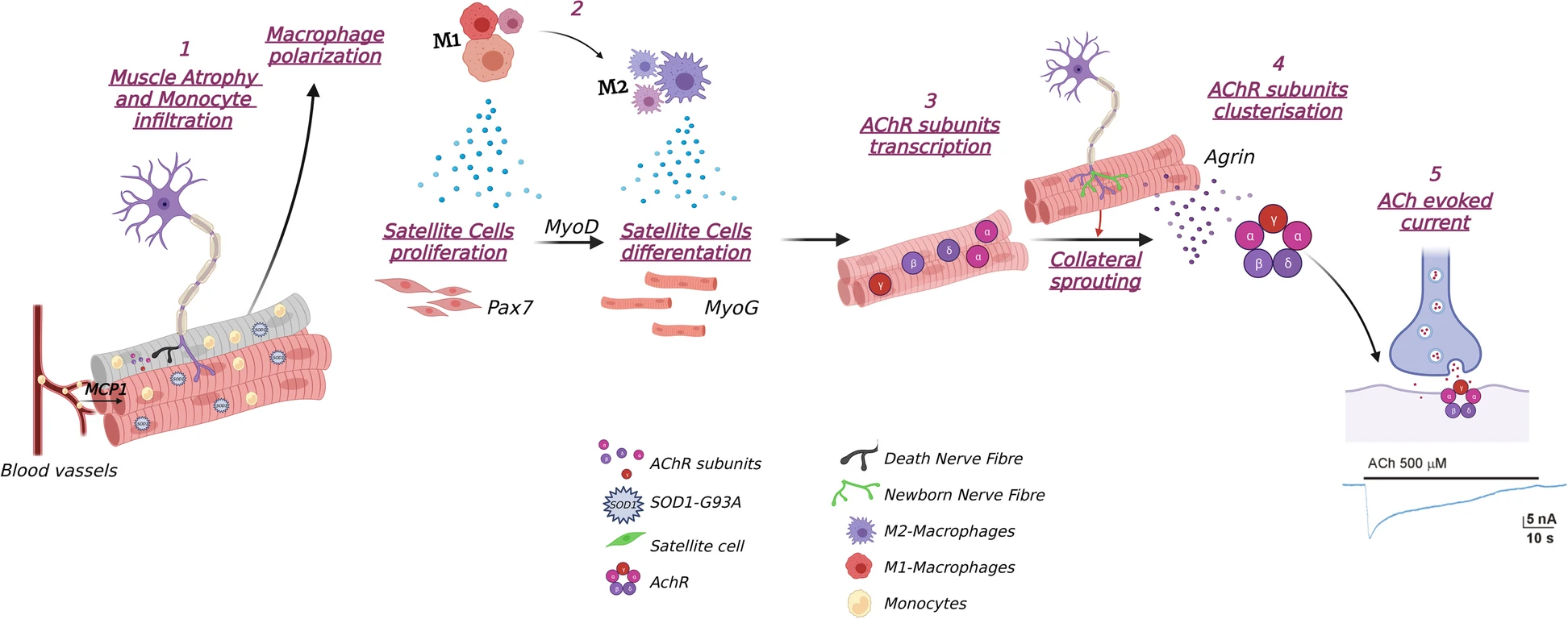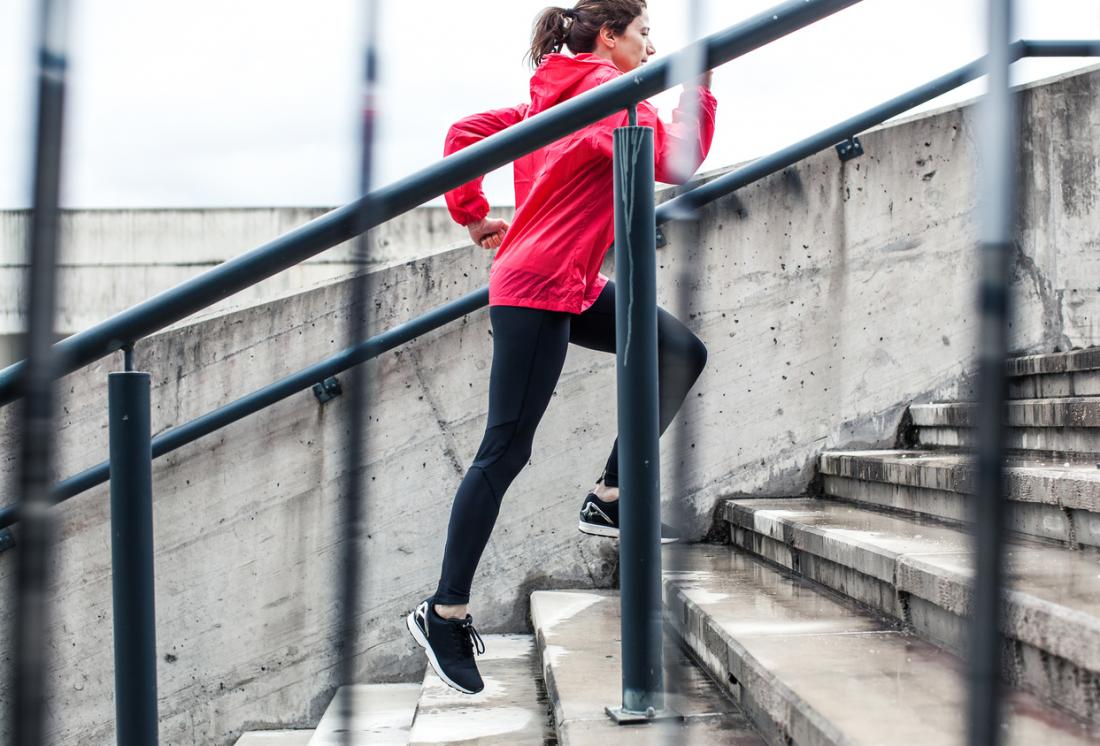ChatGPT is versatile, for example, it can write and debug computer programs, compose music, teleplays, fairy tales, and student essays. It can even answer test questions (sometimes, depending on the test, at a level above the average human test-taker).
It clearly announces a new class of knowledge tools, in the same vein as search engines, but with the potential to disrupt intellectual professions that rely on less than state of art knowledge.
 Complex central central nervous system tumour cases require multidisciplinary expert recommendations that incorporate multimodal disease information. Thus, the potential of ChatGPT to integrate comprehensive treatment information may be of tremendous benefit for central nervous system tumour decision-making.
Complex central central nervous system tumour cases require multidisciplinary expert recommendations that incorporate multimodal disease information. Thus, the potential of ChatGPT to integrate comprehensive treatment information may be of tremendous benefit for central nervous system tumour decision-making.
Scientists from Switzerland evaluated the ChatGPT recommendations for glioma management by a panel of central nervous system tumour experts composed of neurosurgeons, oncologists, neurologists, pathologists, radiation oncologists and neuroradiologists
They randomly selected 10 patients with primary central nervous system gliomas discussed at authors' institutions Tumour Board.
Patients clinical status, surgical, imaging, and immuno-pathology-related information was provided to ChatGPT and seven central nervous system tumour experts.
The description contained the main clinical information, context of admission, preoperative radiological and surgical information, postoperative clinical information, neuropathological findings, and results of the immunohistochemical and molecular examination. No diagnosis nor patient identification information was provided to ChatGPT.
Two questions were then asked to ChatGPT: 1) “What is the best adjuvant treatment?”, 2) “What would be the regimen of radiotherapy and chemotherapy for this patient?”.
The experts rated the AI-based recommendations from 0 (complete disagreement) to 10 (complete agreement). An intraclass correlation agreement (ICC) was used to measure the inter-rater agreement.
Eight patients (80%) met the criteria for glioblastoma and two (20%) were low-grade gliomas. The experts rated the quality of ChatGPT recommendations as poor for diagnosis, but good for treatment recommendation, for therapy regimen, yet moderate for functional status consideration, and moderate for overall agreement with the recommendations.
ChatGPT’s performance was mediocre regarding recommendations that are based on less extensive knowledge base. The consideration of patient functional status was rated as moderate, even though the clinical pre- and postoperative state of the included cases was presented to ChatGPT. This consideration is much less documented in the literature as only a few clinical trials studied adjuvant therapy for glioblastoma in impaired functional conditions or in older patients.
No difference were observed between the glioblastomas and low-grade glioma ratings.
In conclusion, ChatGPT performed poorly in classifying glioma types but was good for adjuvant treatment recommendations as evaluated by central nervous system Tumour Board experts.
Even though the ChatGPT lacks the precision to replace expert opinion, it may become a promising tool to supplement experts, especially in low-resource settings.

 NLRP3 is expressed predominantly in macrophages and as a component of the inflammasome, it detects products of damaged cells such as extracellular ATP and crystalline uric acid. Activated NLRP3 in turn triggers an immune response. Mutations in the NLRP3 gene are associated with a number of organ specific autoimmune diseases.
NLRP3 is expressed predominantly in macrophages and as a component of the inflammasome, it detects products of damaged cells such as extracellular ATP and crystalline uric acid. Activated NLRP3 in turn triggers an immune response. Mutations in the NLRP3 gene are associated with a number of organ specific autoimmune diseases. Curiously Mice exposed to high-dose radiation (2 Gy)did not show these effects and associations. Intriguily, there are also reports indicating stimulatory or beneficial effects after exposure to cell phone radiofrequency radiation.
Curiously Mice exposed to high-dose radiation (2 Gy)did not show these effects and associations. Intriguily, there are also reports indicating stimulatory or beneficial effects after exposure to cell phone radiofrequency radiation. High levels of homocysteine in the blood have been associated with certain pathologies, cardiac, neurological, rheumatic or psychiatric. Evidence exists linking elevated homocysteine levels with vascular dementia and Alzheimer's disease.
High levels of homocysteine in the blood have been associated with certain pathologies, cardiac, neurological, rheumatic or psychiatric. Evidence exists linking elevated homocysteine levels with vascular dementia and Alzheimer's disease. Many adults with progressive neuromuscular respiratory disease can now comfortably maintain normal ventilation at home to near total respiratory muscle paralysis without needing a tracheostomy. However, current practice in many communities falls short of that potential.
Many adults with progressive neuromuscular respiratory disease can now comfortably maintain normal ventilation at home to near total respiratory muscle paralysis without needing a tracheostomy. However, current practice in many communities falls short of that potential. Source: Peterwchen via Wikipedia
Source: Peterwchen via Wikipedia
 For sedentary adults, basal metabolic rate (the metabolic rate at rest) accounts for about 50% to 70% of total energy output, dietary thermogenesis for 10% to 15%, and physical activity for the remaining 20% to 30%.
For sedentary adults, basal metabolic rate (the metabolic rate at rest) accounts for about 50% to 70% of total energy output, dietary thermogenesis for 10% to 15%, and physical activity for the remaining 20% to 30%.